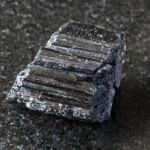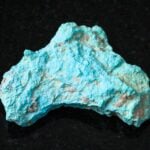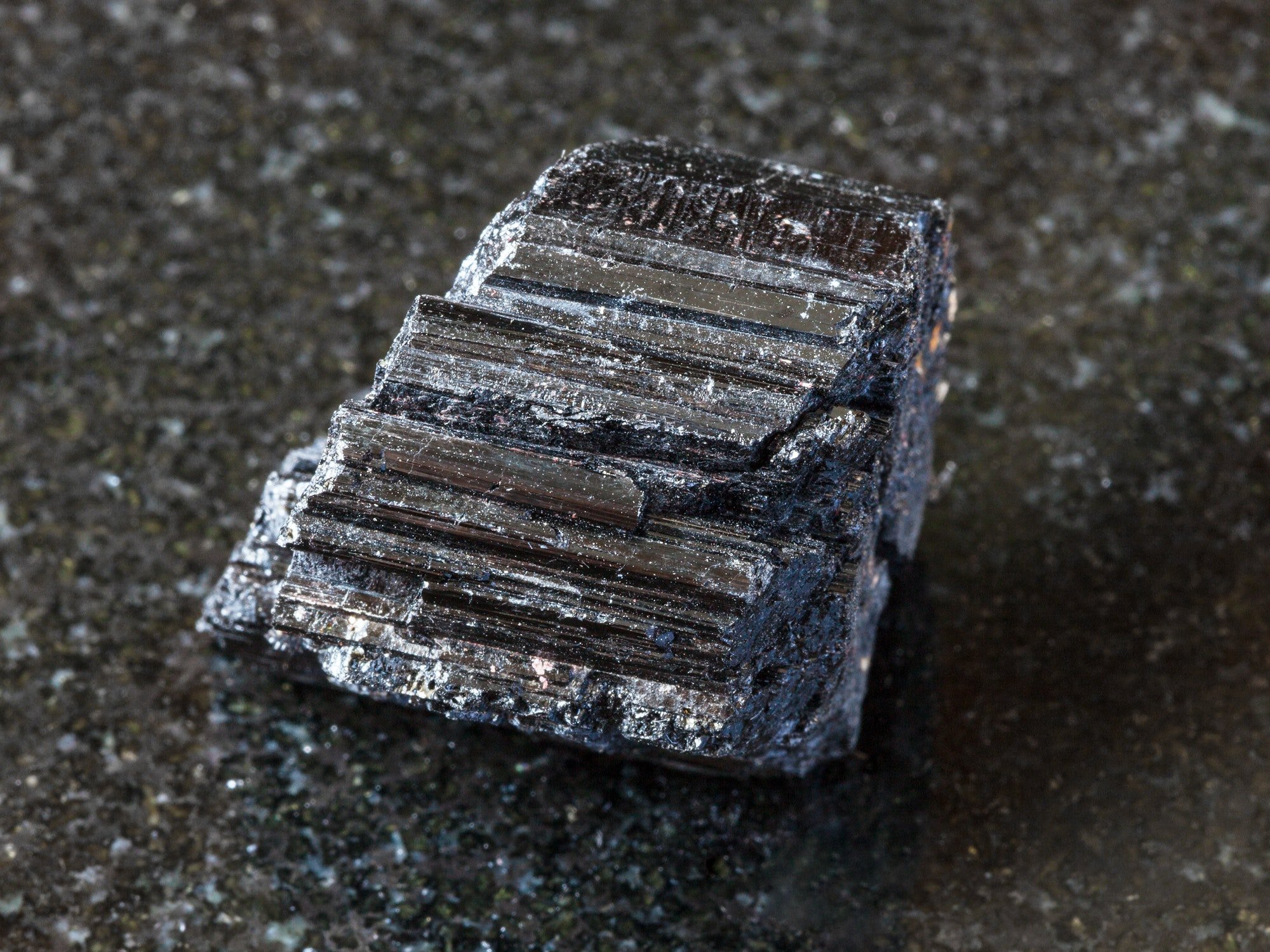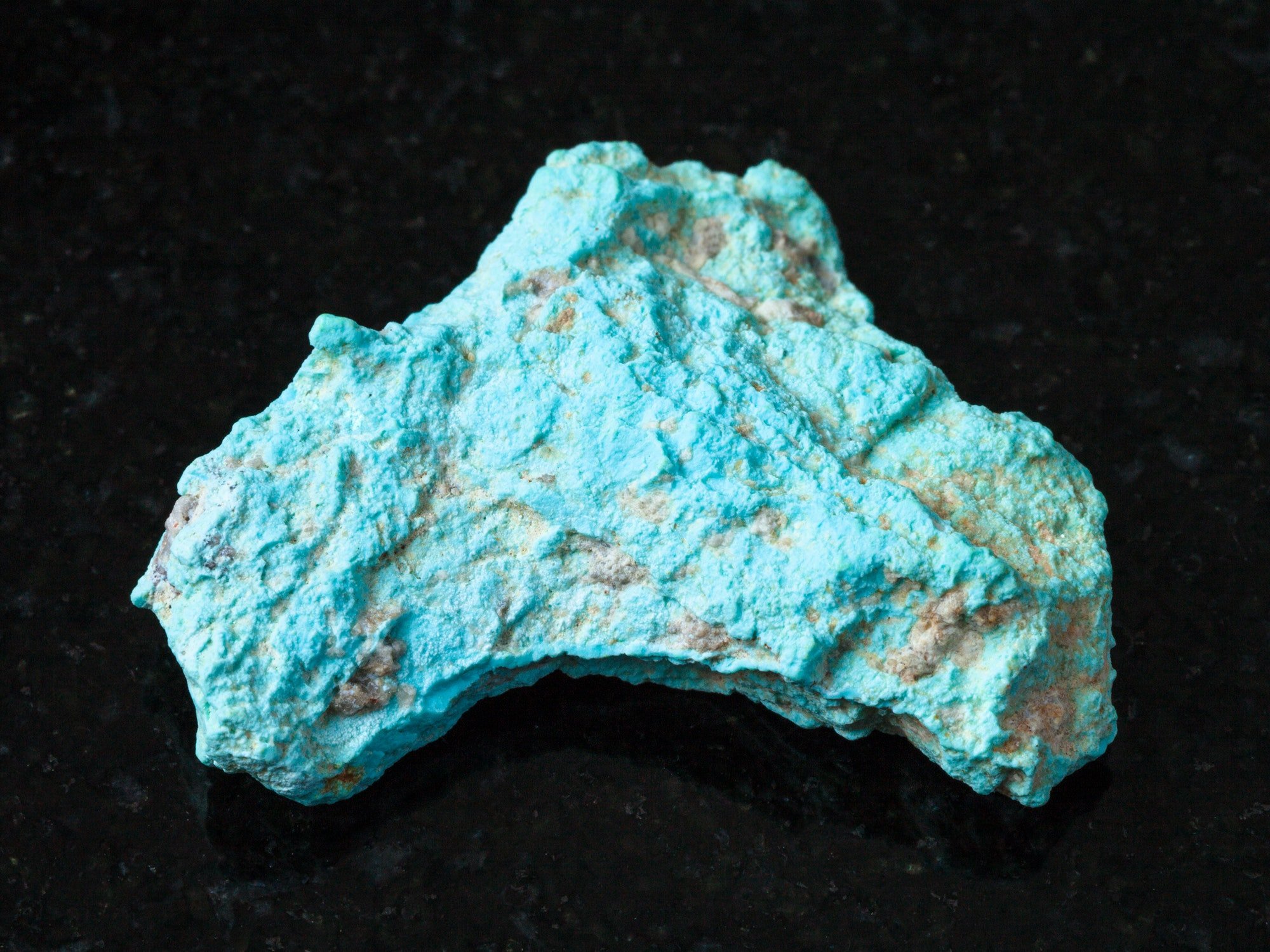Have you ever wondered how the majestic mountains of our planet were formed? Have you ever asked yourself what are those beautiful rocks that decorate them and make them so impressive? If your answer is yes, then understanding igneous rocks and how they are formed should be your next step!
In this blog post we will explore their formation process, different types of igneous rocks, uses in everyday life as well as some interesting facts about these amazing geological formations. So let’s dive into it!
What are Igneous Rocks?
Igneous rocks are a type of rock formed from the cooling and solidification of molten magma or lava. They are one of the three main types of rocks, along with sedimentary and metamorphic rocks.
Igneous rocks form when molten material is cooled quickly at Earth’s surface or slowly within its crust. The most common igneous rock is granite, which forms when magma cools deep underground over millions of years.
Definition Of Igneous Rocks
Igneous rocks are made up mostly of minerals such as quartz, feldspars, mica, olivine, and pyroxene that have crystallized together after being exposed to extreme heat and pressure in Earth’s mantle or core.
These crystals can be seen in many different shapes depending on how fast they cooled down during formation; for example, slow-cooling igneous rocks tend to have larger crystals than those that cooled rapidly at the surface.
Types Of Igneous Rocks
There are two main types of igneous rock – intrusive (plutonic) and extrusive (volcanic). Intrusive igneous rocks form when magma cools slowly beneath Earth’s surface while extrusive igneous rocks form when lava cools quickly above ground level. Examples include granite (intrusive), basalt (extrusive), and pumice (extrusive).
How Are Igneous Rocks Formed?
Igneous rocks are a fascinating part of our Earth’s geology, and understanding how they form is essential for appreciating their significance.
Magma and Lava Formation
Igneous rocks are formed when molten rock, or magma, is cooled and solidified. Magma is created deep within the Earth’s crust by extreme heat and pressure.
It can be found in chambers of molten rock called magma chambers, which are located beneath the surface of the Earth.
When this hot liquid rock rises to the surface it is known as lava. As it cools in contact with air or water, igneous rocks form from lava flows that have hardened into solid shapes.
Cooling and Solidification Processes
The cooling process for igneous rocks depends on how quickly they were formed – whether slowly over millions of years underground or rapidly at the surface during a volcanic eruption.
Slow cooling allows for large crystals to form while rapid cooling results in small crystals or even no visible crystals at all due to a lack of time for them to grow before hardening occurs. T
his process also affects their coloration; dark-colored minerals tend to form during slow cooling while light-colored minerals typically occur during fast cooling processes.
Igneous rocks are formed through a combination of magma and lava formation, cooling, and solidification processes.
The Different Types of Igneous Rocks
Granite and Gabbro are two of the most common types of igneous rocks. Granite is a light-colored, coarse-grained rock composed mainly of quartz, feldspar, and mica.
It is usually found in large bodies that form deep underground. Gabbro is a dark-colored, medium to a coarse-grained rock composed mostly of plagioclase feldspar and pyroxene minerals. It forms from magma that cools slowly beneath the Earth’s surface.
Rhyolite and Basalt are two other important types of igneous rocks. Rhyolite is an extrusive igneous rock with a fine-grain texture due to its rapid cooling at or near the Earth’s surface. It typically contains quartz, sanidine feldspars, biotite mica, and hornblende minerals as well as some accessory minerals such as magnetite or apatite crystals.
Basalt on the other hand is an intrusive igneous rock with a very fine grain texture due to its slow cooling process beneath the Earth’s surface over millions of years ago.
Its composition includes olivine pyroxene (augite), plagioclase feldspars (labradorite), and minor amounts of magnetites or ilmenites along with some accessory minerals like amphiboles or micas depending on where it was formed geographically speaking.
Andesite and Diorite are also two distinct types of Igneous Rocks that have different characteristics compared to granite & gabbro; rhyolites & basalt mentioned above. Andesites contain more silica than basalts but less than diorites making them intermediate between both these rocks in terms of their mineralogy composition wise.
They can be found in volcanic regions all around the world often forming lava flows when they erupt from volcanoes. On contrary, diorites tend to form deeper within the earth’s crust being intrusive type, unlike aforementioned extrusive ones.
They consist primarily of felsic components like quartz, alkali feldspars, biotitic mica, etc along with a lesser amount of ferromagnesian elements such as hornblendes & augies thus giving them unique coloration ranging from grayish-greenish hues.
Lastly, Pumice and Obsidian are two additional examples of Igneous Rocks that have quite contrasting properties yet still belong to the same family.
Pumice stones result when molten lava rapidly cools down during an eruption process, resulting in a porous and lightweight material that is widely used for cleaning purposes.
On the flip side, Obsidians get created by extreme heat melting glassy material containing no crystal structure whatsoever; henceforth appearing black with an opaque and shiny appearance.
Igneous rocks come in a variety of shapes and sizes, each with its own unique characteristics. From granite and gabbro to pumice and obsidian, understanding the different types of igneous rocks can help us better appreciate their uses in everyday life.
Uses of Igneous Rocks in Everyday Life
These rocks can be found all over the world in various forms and sizes. Igneous rocks have a wide range of uses in everyday life from building materials to decorative stones for landscaping projects.
Building Materials for Construction Projects
Igneous rocks are often used as construction materials due to their durability and strength. Granite is one of the most popular igneous rocks used in construction projects because it is strong enough to withstand extreme weather conditions and has a beautiful appearance that adds aesthetic value to any project.
Gabbro is another type of igneous rock that is often used for large-scale infrastructure projects such as roads, bridges, dams, etc., due to its strength and low cost compared to other types of stone.
Decorative Stones for Landscaping Projects
Igneous rocks also make great decorative stones for landscaping projects such as walkways, patios, retaining walls, etc., thanks to their unique colors and textures which add visual interest to any outdoor space.
Rhyolite is an example of igneous rock with a variety of hues ranging from pinkish-gray tones that look stunning when incorporated into garden designs while basalt offers dark gray shades with subtle white streaks which create interesting patterns when laid out on pathways or around poolsides.
Interesting Facts About Igneous Rocks
Igneous rocks are some of the most fascinating and unique types of rocks found on Earth. They form from molten magma or lava that has cooled and solidified over time, making them a special type of rock with their own set of characteristics.
Igneous rocks have been used throughout human history in various ways, from construction projects to industrial applications. Here are some interesting facts about igneous rocks that you may not know.
Fascinating Geology Behind the Formation of Igneous Rocks
The formation process for igneous rocks is quite complex and involves several steps. First, molten material must be created deep within the Earth’s crust by intense heat and pressure.
This material then rises towards the surface where it cools down slowly until it becomes solid rock. Depending on how quickly this cooling process occurs, different types of igneous rocks can form such as granite or basalt.
Unusual Properties That Make Them Unique
One thing that makes igneous rocks stand out from other types is their texture – they often have large crystals embedded in them due to slow cooling processes which give them a distinct look compared to other kinds of stones like sedimentary or metamorphic ones.
Additionally, these crystals can also contain minerals like quartz which gives them an even more unique appearance when polished properly.
Igneous rocks have had a major impact on human history due to their use in ancient structures around the world such as Stonehenge in England or Machu Picchu in Peru.
These monuments were built using large blocks made out of granite or basalt, which allowed for strong foundations that could withstand harsh weather conditions over time without crumbling away easily as softer materials would do eventually.
FAQs in Relation to Understanding Igneous Rocks and How They Are Formed?
How is an igneous rock formed step by step?
Magma is generated within the Earth’s mantle due to extreme heat and pressure caused by tectonic plate movement. The magma then rises towards the surface of the Earth where it can be released through volcanoes or cracks in the crust. As it cools, minerals crystallize from liquid to solid form forming igneous rocks such as basalt, granite, and pumice. Depending on its composition and cooling rate, different types of igneous rocks will form with unique textures and properties.
What are 3 ways igneous rocks form?
1. Magma cooling and solidifying underground is one way that igneous rocks form. This process occurs when molten rock, or magma, cools slowly beneath the Earth’s surface and crystallizes into a solid mass of interlocking mineral grains.
2. Volcanic eruptions are another way igneous rocks form. When magma reaches the Earth’s surface it erupts from volcanoes in the form of lava which then hardens as it cools to create volcanic rocks such as basalt and obsidian.
3. Lastly, plutonic intrusion is a third method for forming igneous rocks where molten material intrudes between existing layers of sedimentary rock creating large masses known as plutons that can later be exposed by erosion or tectonic activity to become visible on the surface of the earth in the form of intrusive igneous rocks like granite and gabbro.
What are the 6 different igneous rocks and how are they classified?
Igneous rocks are classified based on their mineral composition and texture. The six main types of igneous rocks are:
1. Granite – composed mainly of quartz, feldspar, and mica minerals; typically light in color with a coarse-grained texture.
2. Basalt – composed mostly of dark-colored minerals such as pyroxene and olivine; usually has a fine-grained texture due to rapid cooling at the Earth’s surface.
3. Rhyolite – similar to granite but with more silica content; often has a glassy appearance due to its high silica content and slow cooling rate below the Earth’s surface.
4. Gabbro – made up primarily of calcium plagioclase feldspar, pyroxene, and olivine minerals; usually black or dark green in color with an interlocking crystal structure that gives it a coarse texture when viewed under magnification.
5. Diorite – intermediate between basalt and granite in terms of composition; usually grayish in color with large crystals visible upon close inspection (plagioclase feldspar is most abundant).
6 . Andesite – intermediate between basalt and diorite in terms of composition; generally lighter colored than basalt but darker than diorite with small crystals visible upon close inspection (pyroxene is most abundant).
Conclusion
Understanding igneous rocks and how they are formed is an important part of learning about the Earth’s history.
Igneous rocks can be found in many different forms and have a variety of uses in everyday life. From providing us with materials for construction to helping us understand the geological processes that shape our planet, igneous rocks play an essential role in our lives.
We hope this guide has helped you gain a better understanding of these fascinating rocks and their formation!
Are you interested in learning more about the amazing properties of igneous rocks and how they can be used to improve our daily lives? With Soulsensa, we provide comprehensive resources on crystals and their potential uses.
Our team is dedicated to providing easy-to-understand information that will help anyone learn more about these fascinating natural wonders. Take advantage of our knowledge base today and discover all the ways these incredible stones can enhance your life!








